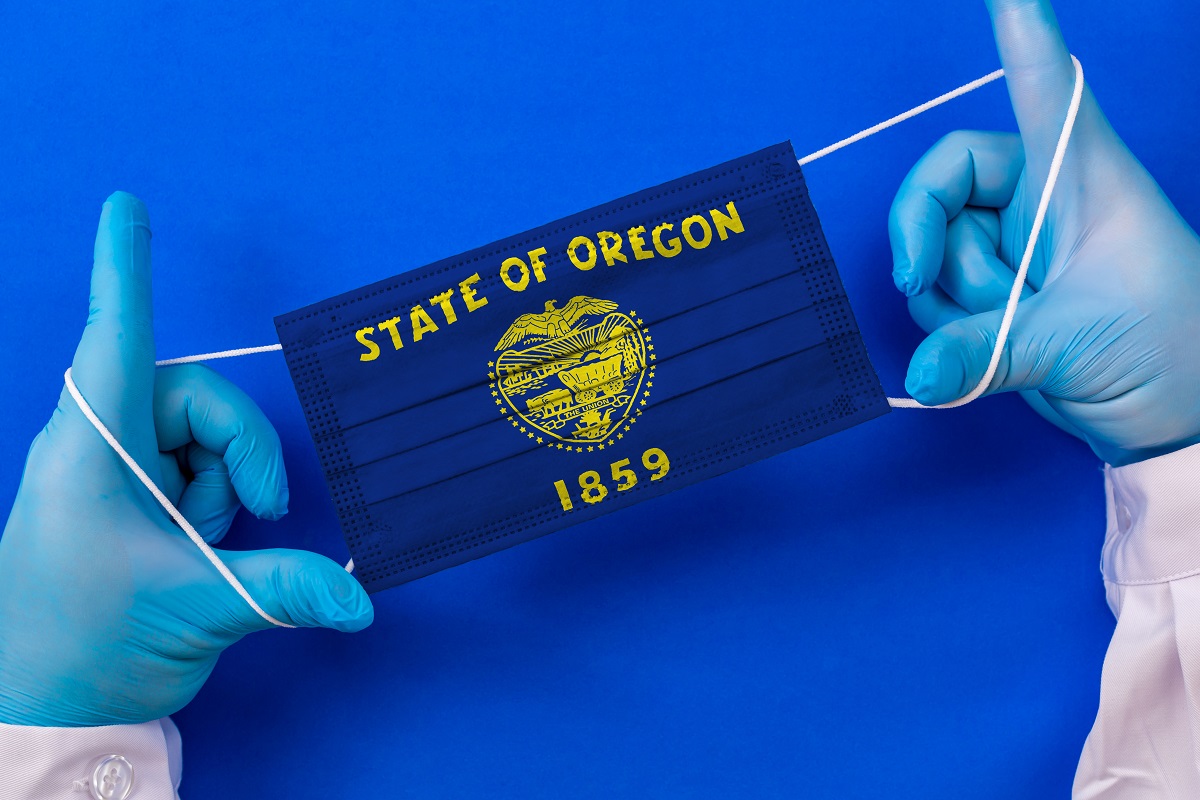With its emergency temporary standard (ETS) expiring, the Oregon Occupational Safety and Health Administration (Oregon OSHA) adopted a permanent safety and health standard to protect workers from COVID-19 exposures. The new standard became effective May 4 and remains in force until repealed.
Oregon follows Virginia in establishing a permanent COVID-19 workplace safety and health standard.
Like the temporary rule it replaces, Oregon’s permanent rule includes health protection measures such as formal exposure risk assessment and infection control planning, optimization and maintenance of existing ventilation systems, physical distancing, and the use of face coverings, as well as employee notification and training.
The permanent standard incorporated several changes from the ETS, including:
- Reducing the number of industry-specific appendices by six and limiting industry-specific requirements to those involving worker protection, reducing the length both of the appendices and the entire rule.
- Dramatically reducing the K–12 schools appendix and removing all references to cohorts and square footage limitations, as well as physical distancing between students.
- Requiring employers to consider alternatives to transporting multiple people in a single vehicle and providing other guidance about reducing risk while sharing vehicles but not requiring the use of multiple vehicles to transport multiple employees.
- Requiring employers with more than 10 employees that have existing ventilation systems to state in writing that, to the best of their knowledge, they are running their systems in line with requirements. However, the final rule does not require the purchase or installation of new ventilation systems.
- Reducing required sanitation measures to reflect the most up-to-date guidance from the Centers for Disease Control and Prevention (CDC).
- Requiring employers to provide written notification to employees of their rights to return to work if they must quarantine.
- Requiring healthcare employers to provide respirators to employees working with known or suspected COVID-19-positive patients, unless such respirators are unavailable.
“We reviewed all of the comments–including the many comments that opposed the rule–and we gave particular consideration to those comments that explained their reasoning or provided concrete information,” Oregon OSHA Administrator Michael Wood said in an agency statement.
Sunsetting Concerns
Concerns about setting a sunset date or establishing a trigger for repealing the rule were the most significant areas of public comment during the rulemaking process, according to Oregon OSHA. The final rule includes details about the process and criteria to be used to make a decision on the repeal of the rule, the agency said.
“To allow the workplace COVID-19 protections to simply go away would have left workers far less protected,” Wood said, “and it would have left employers who want to know what is expected of them with a good deal less clarity than the rule provides.”
Oregon OSHA will consult with the Oregon OSHA Partnership Committee, two Infectious Disease Rulemaking Advisory Committees, the Oregon Health Authority, and other stakeholders to help determine when the rule can be repealed. Oregon OSHA’s first consultation will take place no later than July 2021 and continue every 2 months until the rule is repealed. Criteria factoring into the decision to repeal the rule will include infection rates (including the rate of the spread of COVID-19 variants), positivity rates, and vaccination rates, as well as hospitalizations and fatalities.
A federal ETS was received April 26 at the White House Office of Information and Regulatory Affairs and is undergoing regulatory review.

